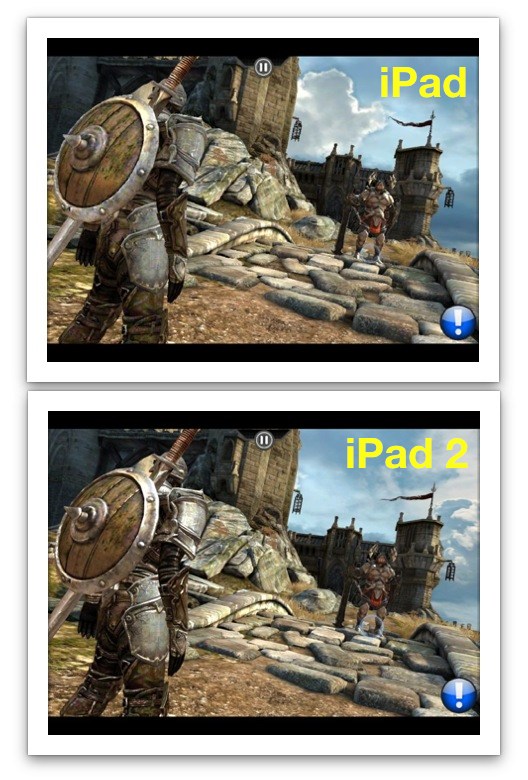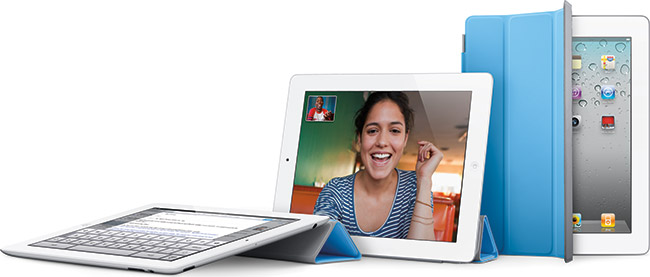Sony Ericsson Xperia Play

Though not without promise, the first PlayStation Certified smartphone fails to live up to expectations.
The Sony Ericsson Xperia Play suffers from what I like to call 3DS Disorder, symptoms of which include, but are not limited to: underwhelming hardware with a critical lack of killer apps. But, like Nintendo's newest handheld, the Xperia Play is based on a sound idea, and with a little time and software support, could become a solid mobile gaming solution.
Initially, I was adverse to the idea of the Xperia Play – after all, who would really want to invest in a gaming-centric smartphone? But after using it for a while, I began to see the utility of the slide-out gaming interface. Though I'm not much of a smartphone gamer for a variety of reasons, the awkward nature of touch or tilt control methods top the list, and the Xperia Play eliminates the need for both. Assuming, of course, the game in question supports it.
At launch, the Xperia Play comes pre-installed with six titles – five Android games, including Asphalt 6, Bruce Lee, Madden '11, Star Batallion, and the Sims 3, and one PlayStation Classic, Crash Bandicoot. Additionally, there are another 50 or so Android titles available that support the Xperia Play's slider controls, such as Gun Bros, Farm Story, and Brothers In Arms 2: Global Front HD.
It's not that there isn't fun to be had with the available games, it's just that none live up to the potential and assumed future of the platform, which of course is the ability to play PlayStation-caliber and new original games. Crash Bandicoot is a great first step, but other PSX Classics are not available currently, despite the fact that UK versions of the device come pre-installed with Syphon Filter.
Nevertheless, from a technical standpoint, the Xperia Play has potential.

The PSPgo-esque control interface looks, feels, and performs exceptionally; the d-pad and action buttons have a distinctive click to them and input response time is fantastic. The shoulder buttons are thin to keep the size of the device down, but they are still accessible.
Unlike a PSPgo, the Xperia Play calls upon a centralized touch panel for analog controls rather than physical thumbsticks. The surface spans from the d-pad to the action buttons, but has etched circles and centered points to provide tactile differentiation between the left and right analogs.
Surprisingly, the touch panel actually does a great job of detecting subtle thumb movements and translates to gameplay effectively.
Not all games use the controls as effectively as others, however, and input delays are more apparent in adapted titles like Asphalt 6 than they are in ones with native gamepad support like Crash Bandicoot.
Moreover, a lot of games fail to take advantage of the secondary controls, like the start and select buttons and the menu button. Instead, users have to touch the on-screen pause button or use the smartphone controls on the right side (or bottom when used in portrait mode) of the screen.

Since most of the lineup is already available on other devices, they run almost identically on the Xperia Play in terms of framerate performance and graphics quality.
As for the device itself, the Xperia Play is a decent smartphone, but hardly on the cutting edge of mobile technology. The system packs a single core 1GHz Snapdragon processor with an Adreno 205 graphics core, which give it plenty of power, but considering that many new mobile products have graduated to dual-core processing and NVIDIA Tegra-based graphics, the Xperia Play won't be able to tackle more demanding titles later down the line, such as Shadowgun.
The build is sturdy and well constructed, though based largely on high-gloss plastic making it a smudge and dust magnet. As a slider, it's naturally a bit thicker than the average smartphone, but it's hardly tough to carry around.
The display is a touch-enabled TFT display with a resolution of 854 by 480 pixels, which falls short of some of its higher resolution, AMOLED-packing competition. The sound quality of the speakers is expectedly limited, and the preferred experience is obviously when using headphones.
One saving grace of the Xperia Play is that it ships with Android 2.3 Gingerbread installed rather than many other handsets, which still offer only version 2.2 Froyo. Running Gingerbread allows the Xperia Play to access the latest and greatest apps and games offered on the Marketplace, including Google's new Music Beta service, which allows users to upload and stream up to 20,000 songs to their smartphone.

Despite having full access to the Marketplace, the only way to get Xperia Play-capable games, however, is through a Verizon-specific app called V-Cast Apps. Requiring users to use two separate digital distribution methods and payment structures is unnecessary and time consuming. Ideally, Google would simply have an Xperia Play or PlayStation Certified section on the Marketplace, but instead users are forced to use a less intuitive, harder to browse distribution app.
Battery life is average, achieving roughly 11 to 12 hours for regular use without requiring a recharge.
Features wise, the Xperia Play is pretty basic – the rear-facing camera is 5.1 megapixels with LED flash, while the front-facing VGA camera is grainy but functional. It, of course, comes standard with Bluetooth support, but there aren't any added frills.
When you get right down to it, its not that the Xperia Play is a terrible phone, its just not a particularly great one. Sony Ericsson has undershot market trends by making it a modestly powered and featured device, and released it at a time when there simply isn't enough support for the PlayStation Certified platform to make it a compelling purchase for gamers or casual consumers.
Though Sony Computer Entertainment is certain to expand their software offering in the future and Minecraft will arrive first on the Xperia Play, there isn't enough to merit a purchase now.

IGN RATINGS FOR SONY ERISSON XPERIA PLAY:
7.5 Performance
- Games run well, but the device itself is behind the times of mobile tech.
6.0 Build Quality
- A bit bulky and prone to smuding, but well constructed.
7.0 Features
- On par with standard handsets, but lacking premium features.
6.5 Ease of Use
- Fairly effective, but mulitple storefronts can be a hassle.
5.0 Value
- Despite having the specialized controller, it can't beat competing devices in terms of features.
6.5 Okay
OVERALL (Out of 10)
7.5 Performance
- Games run well, but the device itself is behind the times of mobile tech.
6.0 Build Quality
- A bit bulky and prone to smuding, but well constructed.
7.0 Features
- On par with standard handsets, but lacking premium features.
6.5 Ease of Use
- Fairly effective, but mulitple storefronts can be a hassle.
5.0 Value
- Despite having the specialized controller, it can't beat competing devices in terms of features.
6.5 Okay
OVERALL (Out of 10)






